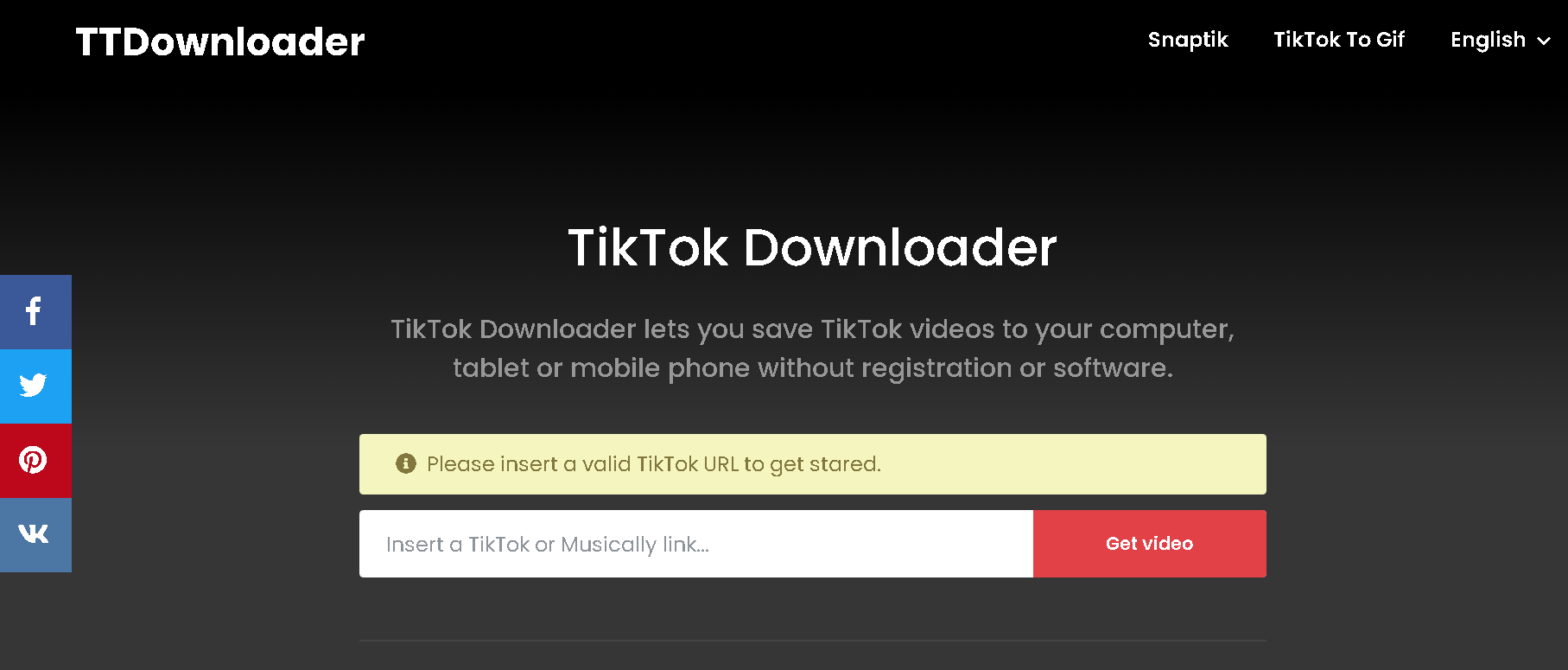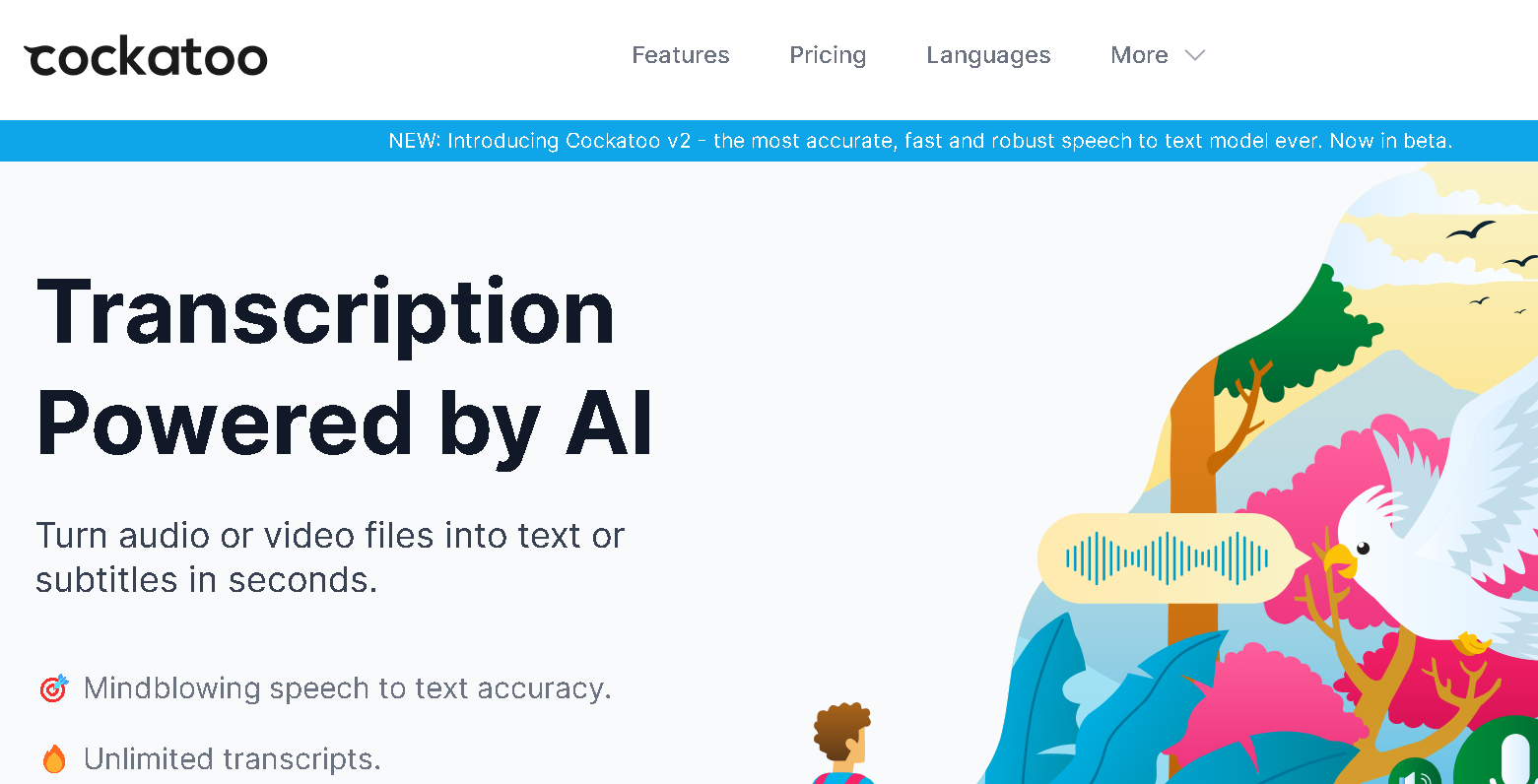In the rapidly changing world of technology, knowing how to code has become indispensable. Learning to code can unlock new opportunities in web development and data science, and also enhance your problem-solving skills. Of all the programming languages available, Python and JavaScript are particularly good options for novices. This post will examine Python and JavaScript in detail, contrasting their features, advantages, and top tutorial resources.
Understanding Python and JavaScript
Before diving into tutorials, it’s important to understand what Python and JavaScript are and where they’re typically used.

What is Python?
Python, a high-level interpreted language, stands out for its simplicity and readability. Created by Guido van Rossum and first released in 1991, Python has become one of the most popular languages in the world. It’s used in various domains, including:
- Web Development: Frameworks like Django and Flask make Python a strong contender for building web applications.
- Data Science: Python’s extensive libraries, such as Pandas, NumPy, and SciPy, are essential tools for data analysis and machine learning.
- Automation: Python scripts are often used to automate repetitive tasks.
- Software Development: Python is used for developing desktop applications and software tools.
What is JavaScript?
JavaScript, commonly known as JS, is a high-level interpreted language that plays a central role in the World Wide Web. Created by Brendan Eich and introduced in 1995, JavaScript is mainly used for:
- Web Development: JavaScript runs in the browser, enabling interactive web pages and dynamic user experiences. Frameworks like React, Angular, and Vue.js are built on JavaScript.
- Server-Side Development: With Node.js, JavaScript can also be used on the server-side, allowing for full-stack development with a single language.
- Game Development: JavaScript can be used to create games that run in the browser.
- Mobile App Development: Frameworks like React Native allow JavaScript developers to build mobile applications.
Why Choose Python or JavaScript?
Choosing between Python and JavaScript depends on your goals and interests. Here are some considerations:
Why Python?
- Ease of Learning: Python’s syntax is clean and easy to understand, making it ideal for beginners.
- Python’s versatility shines as it finds applications in various fields, ranging from web development to data science.
- Community and Libraries: Python has a strong community and a rich ecosystem of libraries and frameworks.

Why JavaScript?
- Web Development: If you’re interested in web development, JavaScript is essential for creating interactive websites.
- Full-Stack Development: JavaScript can be used both on the front-end (browser) and back-end (server) with Node.js, allowing for seamless full-stack development.
- Dynamic Content: JavaScript enables dynamic updates to web content, enhancing user experience.
Starting with Python: A Guide to Tutorials and Resources
1. Codecademy’s Python Course
Overview: Codecademy offers an interactive Python course that covers the basics and more advanced topics.
Key Features:
- Interactive Lessons: Hands-on exercises and real-time feedback.
- Project-Based Learning: Build projects as you learn to apply concepts in practical scenarios.
- Community Support: Engage with other learners in the forums.
Topics Covered:
- Basic syntax and data types
- Control flow (loops, conditionals)
- Functions and modules
- File handling
Website: Codecademy Python Course
2. Coursera’s Python for Everybody Specialization
Overview: This Coursera specialization, created by the University of Michigan, provides a comprehensive introduction to Python.
Key Features:
- Structured Learning: Multiple courses that take you from beginner to intermediate level.
- Hands-On Projects: Real-world projects that help solidify your understanding.
- Certifications: Earn a certificate upon completion.
Topics Covered:
- Programming basics
- Data structures
- Web scraping
- Database management
Website: Python for Everybody Specialization
3. Automate the Boring Stuff with Python
Overview: This book by Al Sweigart is a fantastic resource for beginners looking to apply Python to everyday tasks.
Key Features:
- Practical Approach: Focuses on automating repetitive tasks like file handling and web scraping.
- Beginner-Friendly: Written in an accessible style with practical examples.
Topics Covered:
- Automating file operations
- Web scraping
- Working with spreadsheets
- Email automation
Website: Automate the Boring Stuff with Python
4. The Python Crash Course
Overview: Written by Eric Matthes, this book provides a hands-on introduction to Python.
Key Features:
- Project-Based Learning: Includes projects to build practical skills.
- Clear Explanations: Covers Python fundamentals in a clear, easy-to-follow manner.
Topics Covered:
- Basics of Python syntax
- Working with data
- Building projects (games, web applications)
Website: Python Crash Course
Getting Started with JavaScript: Tutorials and Resources
1. JavaScript.info
Overview: This website offers a comprehensive tutorial on JavaScript from the basics to advanced topics.
Key Features:
- In-Depth Coverage: Detailed explanations of JavaScript concepts.
- Interactive Examples: Practice exercises to test your knowledge.
Topics Covered:
- Basic syntax and operations
- Functions and objects
- DOM manipulation
- Asynchronous programming
Website: JavaScript.info
2. freeCodeCamp
Overview: freeCodeCamp provides a free, interactive coding curriculum that includes a JavaScript section.
Key Features:
- Hands-On Coding: Solve problems and build projects directly in the browser.
- Certifications: Earn certificates for completing different sections.
Topics Covered:
- JavaScript fundamentals
- ES6 features
- Functional programming
- Data structures and algorithms
Website: freeCodeCamp JavaScript Course
3. Mozilla Developer Network (MDN) JavaScript Guide
Overview: The MDN Web Docs provide a comprehensive and authoritative guide to JavaScript.
Key Features:
- Detailed Documentation: Extensive reference materials and guides.
- Tutorials: In-depth tutorials and examples.
Topics Covered:
- JavaScript basics
- Advanced concepts (closures, prototypes)
- Web APIs and AJAX
Website: MDN JavaScript Guide
4. Eloquent JavaScript
Overview: This book by Marijn Haverbeke is a deep dive into JavaScript, suitable for beginners who want a thorough understanding.
Key Features:
- In-Depth Learning: Covers both fundamental and advanced topics.
- Interactive Exercises: Practice problems and coding challenges.
Topics Covered:
- JavaScript basics
- Functional programming
- Asynchronous programming
- Node.js and browser APIs
Website: Eloquent JavaScript
Comparing Python and JavaScript for Beginners
Ease of Learning
- Python’s clean and readable syntax makes it especially beginner-friendly, enabling newcomers to concentrate on grasping programming concepts without being overwhelmed by complicated syntax.
- JavaScript: JavaScript has a more complex syntax and can be challenging for absolute beginners. However, it’s essential for web development and offers a lot of resources and community support.
Community and Support
- Python: Python has a robust community with extensive resources, including libraries and frameworks. It’s well-supported across various fields, from web development to data science.
- JavaScript: JavaScript also has a large and active community. The ecosystem is vast, with numerous frameworks and libraries, making it a strong choice for web development.
Career Opportunities
- Python: Offers diverse career paths in web development, data science, machine learning, and automation.
- JavaScript: Essential for web development and increasingly used in full-stack development with technologies like Node.js.
Certainly! Here are the advantages and disadvantages of learning Python and JavaScript for beginners:

Python
Advantages
- Ease of Learning:
- Readable Syntax: Python’s syntax is straightforward and clean, making it easier for beginners to understand and write code.
- Less Boilerplate: Python requires less boilerplate code compared to many other languages, reducing the learning curve.
- Versatility:
- Wide Range of Applications: Python is used in web development, data science, machine learning, automation, and more.
- Extensive Libraries: Libraries like Pandas, NumPy, TensorFlow, and Django simplify complex tasks and expand Python’s capabilities.
- Strong Community Support:
- Resources and Documentation: A large number of tutorials, forums, and documentation are available to help beginners.
- Community Support: A strong, active community means you can get help and advice from experienced developers.
- Focus on Learning Programming Concepts:
- Abstracts Complexity: Python abstracts many complex programming concepts, allowing beginners to focus on learning fundamental programming principles.
- High Demand in Various Fields:
- Career Opportunities: Skills in Python are highly sought after in fields such as data science, machine learning, web development, and automation.
Disadvantages
- Slower Execution Speed:
- Performance: Python is slower compared to compiled languages like C++ or Java, which can be a limitation for performance-intensive applications.
- Limited Mobile Development:
- Mobile Apps: Python is not commonly used for mobile app development compared to languages like Java, Swift, or Kotlin.
- Memory Consumption:
- Resource Usage: Python can be memory-intensive, which may not be ideal for applications with strict memory constraints.
- Dynamic Typing Issues:
- Runtime Errors: The dynamic typing in Python can cause errors that only appear during execution, posing a debugging challenge for beginners.
- Less Suitable for High-Performance Applications:
- Game Development: Python is generally less suitable for high-performance applications like real-time gaming due to its slower execution speed.
JavaScript
Advantages
- Essential for Web Development:
- Front-End Development: JavaScript is a core technology for web development, allowing you to create interactive and dynamic web pages.
- Full-Stack Development: Node.js allows developers to use JavaScript for both client-side and server-side work, making it possible to handle full-stack development with just one language.
- Rich Ecosystem and Libraries:
- Frameworks and Libraries: A wide range of frameworks (e.g., React, Angular, Vue.js) and libraries are available to speed up development and enhance functionality.
- Community Support: A large and active community provides extensive resources, tutorials, and support.
- Immediate Feedback:
- Interactive Development: JavaScript runs in the browser, allowing for real-time feedback and interaction as you develop.
- Asynchronous Programming:
- Event-Driven Model: JavaScript’s event-driven and asynchronous nature is well-suited for handling tasks such as I/O operations and real-time data.
- Versatility in Application Development:
- Mobile Apps: Frameworks like React Native allow for cross-platform mobile app development.
- Game Development: JavaScript can be used to create browser-based games.
Disadvantages
- Complex Syntax and Concepts:
- Learning Curve: JavaScript’s syntax and concepts, such as closures, prototypes, and asynchronous programming, can be challenging for beginners.
- Inconsistent Behavior: JavaScript’s behavior can be inconsistent across different browsers, which may complicate development.
- Lack of Standardization:
- Evolution and Fragmentation: JavaScript evolves rapidly, and various frameworks and libraries can sometimes lead to fragmentation and confusion.
- Security Issues:
- Client-Side Execution: JavaScript runs in the browser, which can expose your code to potential security vulnerabilities and attacks.
- Performance:
- Interpreted Language: Although JavaScript’s performance has improved with modern engines, it may still be less performant than compiled languages for certain tasks.
- Heavy Dependency on Libraries and Frameworks:
- Over-Reliance: Beginners may become overly reliant on libraries and frameworks, potentially hindering their understanding of core JavaScript concepts.
Conclusion
Both Python and JavaScript are excellent choices for beginners, each offering unique advantages depending on your interests and career goals. Python’s simplicity and versatility make it ideal for those interested in a broad range of applications, from web development to data science. JavaScript, on the other hand, is indispensable for web development and provides opportunities in both front-end and back-end development.
Starting with the tutorials and resources mentioned above, you’ll be well-equipped to embark on your coding journey. Whether you choose Python or JavaScript, remember that the key to mastering coding is practice and perseverance. Happy coding!














